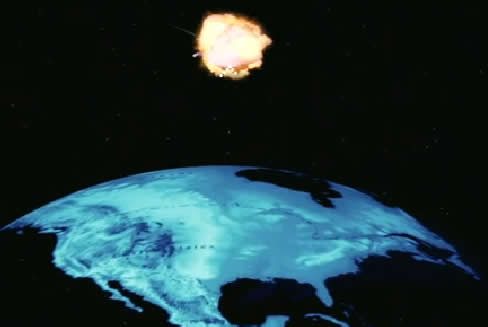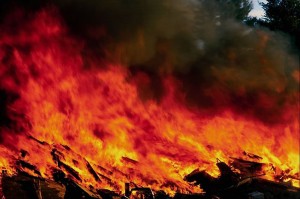
72 hour kit – see Bug Out Bag
AR-15 – Is the civilian version of the military M-16 and M-4 rifle.
Bugging Out – leaving your current position and moving to a designated area or suitable location for your safety.
Bug Out Bag (aka BOB) – A bag used for moving from one place to another in an emergency that carries bare essentials to last you at least 72 hours. Mainly the bag focuses on grabbing it and going without having to “pack”. You have no time to pack, you just grab it and go. Common items include food bars, fire starters, first aid kit, water, maps, cash, firearms, emergency medicine, solar blanket, and copies of personal identification (photos of passports, drivers licenses, social security card etc).
BOL – Bug out Location, a preplanned position to retreat to (other than your home) if you had the need to escape danger or disaster.
BOV – Bug out Vehicle
EDC – Everyday carry, what a person caries on their person on a daily basis.
EMP – An electromagnetic pulse is a burst of electromagnetic radiation. The abrupt pulse of electromagnetic radiation usually results from certain types of high energy explosions, especially a nuclear explosion, or from a suddenly fluctuating magnetic field. The resulting rapidly-changing electric fields and magnetic fields may couple with electrical/electronic systems to produce damaging current and voltage surges, destroying the majority of electronic devices.
CME – Coronal Mass Ejection. (Solar flares.) See EMP.
GO bag – see Bug Out Bag
JIC – Just In Case
“Junk” Silver – 1964 or earlier mint date circulated U.S. silver dimes, quarters, or half dollars with little or no numismatic value. These coin have a silver content of 90%.
M.A.G – Mutual Aid Group, made up of individuals in a specific geographic area. These individuals meet for the purpose of discussing, sharing ideas and planning for emergencies in their area. Think of it as neighbors banning together to help each other out in a time of need.
MBR – Main Battle Rifle
Multi-tool – This is a combination survival knife, pliers and will usually have a wide assortment of tools built in. One example is theMulti-tool.
MRE – Meal Ready To Eat. This is a military ration. Its normal shelf life is several years. The contents are sealed in a tough plastic coating.
OPSEC = Operational Security
Peak Oil – the point in time when the maximum rate of petroleum extraction is reached, after which the rate of production is expected to enter terminal decline, causing huge ripple effects in societies transportation, energy and manufacturing systems.
P.E.R.K – (Personal Emergency Relocation Kit) see Bug Out Bag
PSK – Personal Survival Kit
SHTF – Sh*t hits the Fan. – This means that some kind of event has happened. This is a term used in relation to your location. A SHTF situation is not normally world wide.
TEOTWAWKI – The End of the World as We Know it – a global shift in society. An Apocalyptic event.
WROL – (Without Rule of Law) A time when government bodies (police, military, etc) have either lost control, or no longer exist causing civil unrest and instability.
























